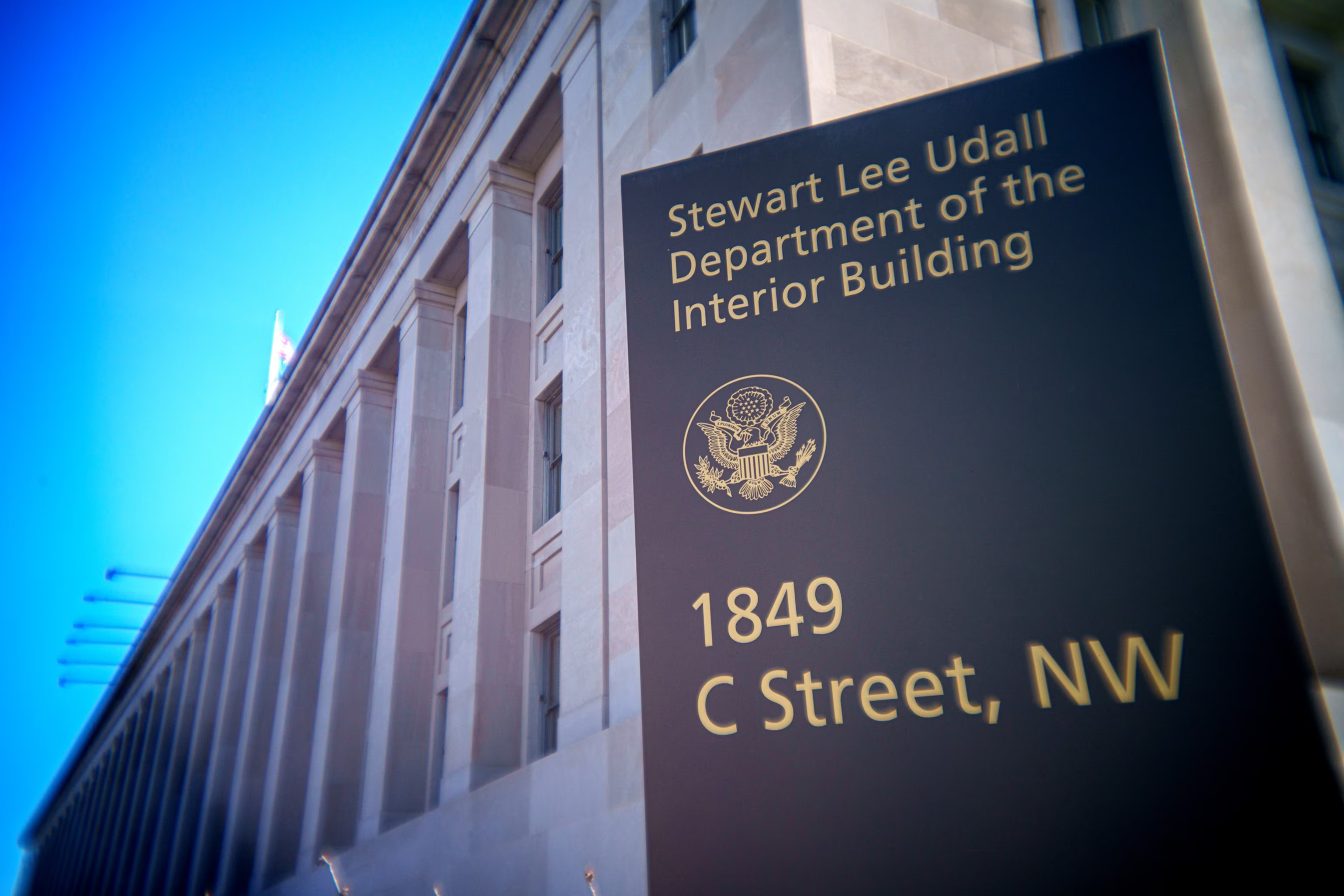Tension Between Federal and State Authority
Recent immigration protests in Los Angeles exemplify the conflict between different levels of government in the United States. These demonstrations began after immigration enforcement operations conducted in the city’s textile district on Friday, triggering a series of protests throughout the metropolitan area.
Federal Intervention Without State Request
An important aspect of this situation is that California local and state authorities did not request federal assistance to deal with the demonstrations. President Trump made the decision to bypass California Governor Gavin Newsom’s authority by mobilizing the National Guard. Constitutional law experts point out that this action tests the limits of presidential power within the American federative system.
The federal administration characterized the protests as a serious threat to national security, thus justifying its direct intervention. Paradoxically, this federal response contributed to further expanding the protests in Los Angeles.
Official Communication and Perception of Facts
In official communications and social media, the president described Los Angeles as being “invaded and occupied” by “violent and insurrectional crowds.” He directed members of his cabinet to take measures to “liberate Los Angeles from the Migrant Invasion.”
During a press conference, Trump stated: “Nobody is going to spit on our police officers. Nobody is going to spit on our military. If that happens, they will be hit very hard.” It is important to note that reports of such incidents have not been independently verified, demonstrating the difference that can exist between official rhetoric and documented facts.
The Possibility of Invoking the Insurrection Act
The Insurrection Act of 1807 is a legal mechanism that allows the president to mobilize federal troops on national territory to control rebellions or significant civil disorders. Although Trump has not explicitly confirmed whether he would invoke this law, he indicated to reporters that “we are going to have troops everywhere.”
This legal provision has been used sparingly throughout American history, mainly during the Civil Rights era and after natural disasters. Its possible application in this context would represent a significant change in the federal approach to immigration-related protests.
California’s Political Context
California, being a state with a Democratic tendency and strong sanctuary policy for immigrants, represents an important political counterpoint to the more restrictive immigration policies advocated by the federal administration. This contrast creates an environment conducive to the confrontation of views on jurisdiction and national priorities.
This dynamic allows different narratives to be constructed: on one side, the federal administration frames immigration enforcement as a fundamental national security issue; on the other, California authorities defend both their administrative autonomy and their policies protecting immigrants.
Implications for the American Federative System
This situation transcends a simple political disagreement, constituting a significant test for the American federative system. Each decision made in this context has the potential to influence the balance of power between federal and state government.
The Los Angeles protests function as a microcosm of broader national debates about immigration, federal authority, and the distribution of power between different levels of government. Understanding these dynamics helps explain why an apparently localized event generated so much national attention and provoked such emphatic positions from the highest governmental spheres.
Contact us today through our website or WhatsApp to discover how we can help you achieve success in the United States. Together, we can turn dreams into reality.
Information source: nytimes.com



